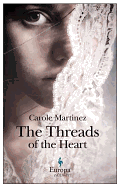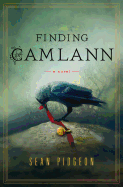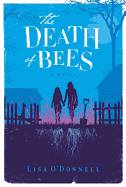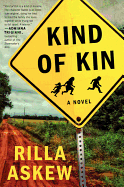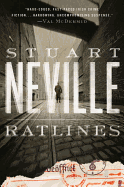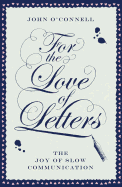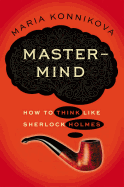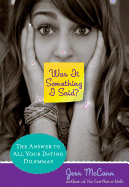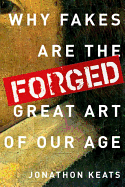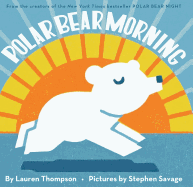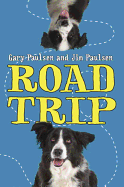 Winner of the 2000 Orange Screenwriting Prize for The Wedding Gift, Scottish author Lisa O'Donnell lives in Los Angeles with her two children. She recently took a moment away from her next novel, Closed Doors, to talk with us about her debut, The Death of Bees (Harper, January 2, 2013), reviewed below.
Winner of the 2000 Orange Screenwriting Prize for The Wedding Gift, Scottish author Lisa O'Donnell lives in Los Angeles with her two children. She recently took a moment away from her next novel, Closed Doors, to talk with us about her debut, The Death of Bees (Harper, January 2, 2013), reviewed below.
How did you develop Marnie and Nelly?
Marnie is older than any 15-year-old should ever be. She buries her parents in the back yard and adopts a level of responsibility that's absolutely obscene for her age. She is someone who can endure and has already braved years of living with two very neglectful parents, and so has Nelly. Now that their parents are dead, Marnie must assume a larger role in life, as provider and protector for herself and for her sister, but she becomes overwhelmed. Though she thinks of herself as a mature woman, I'd have her do something like fall over, graze her leg and suck at her knee just to remind the reader she's still a child. I built characters like Lennie and Vlado around Marnie to protect her from herself and keep her strong, but also to remind Marnie she is a 15-year-old girl, something she forgets. Nelly is the flipside of her sister. She has Asperger's, a mild form of autism. She is highly functioning, however, and when Marnie unravels, I give Nelly the reins.
Can you describe the genesis of The Death of Bees?
I think everyone has a monster in them, something dark they don't want people to know about. The scariest people are those who deny their monsters. Lennie never denies his. He hates himself for what he did, and his conscience gives him no peace. It is Lennie's conscience that brings the girls to his kitchen table. He wants to save them, and without realizing it, he brings Marnie and Nelly's darkness into his home.
Tell us about the contrast between morality and legality in the book.
The conflict between what's morally right or wrong and what's legally right or wrong is at the heart of most writers' work. In the U.K., for example, asylum seekers are not allowed to work or even enter full-time education. These are professional and educated people, remember, not transient scroungers. They're completely dependent on a welfare state for everything, and it's not a generous government. I created Vlado to reflect that reality. It's wrong that he turns to crime to survive, but he's a broken person. He's lost everything. He simply snapped and stopped caring about life, but then he meets Marnie. She makes him care again for all the things he's lost. She forces him to grieve. He also gets caught in the end. No one gets away with anything in The Death of Bees. At the end of the day, everyone is confronted by their inner darkness.
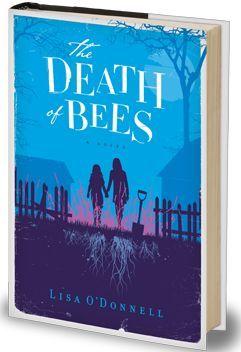 How does your screenwriting background affect your novel writing? Can you envision Death of Bees as a film?
How does your screenwriting background affect your novel writing? Can you envision Death of Bees as a film?
It took me a long time to pluck up the courage to write a novel. It seemed such a daunting task, but writing in the first person helped a lot and I attribute that to a keen sense of dialogue, which obviously stems from my experiences as a screenwriter. The characters speak to the reader, and I hope the reader can hear them and come to know them because of it. Do I see it as a film? Yes, I do. It's a black comedy, and though it's dark in content, it still permits the audience to laugh while providing the drama needed to make a film.
How did you develop the character of the girls' volatile grandfather?
I needed jeopardy, something intense that threatens to reveal what's buried at the bottom of the garden, someone to tip the world everyone is living in over the edge. Robert T. MacDonald is that someone. I enjoyed writing him. He's so unbalanced, and when he eventually possesses his granddaughters, it gives the reader insight into how strong these girls have actually become, because they're able to resist him.
Tell us about your creative process.
It takes me a long time and a lot of false starts before I write something I'm happy with. When I wrote The Death of Bees, I wrote six sentences and looked at them for an age before I wrote anything else. They were Marnie's first words.I wasn't even sure whether it was a screenplay or a novel in the beginning. Obviously I opted for novel, and once I had Marnie say something else, the rest of the book just came to me. I am very disciplined when I'm writing. If I don't want to write, that's when I really make myself. Eventually you'll get where you're going in your novel, but only if you work at it. --Jaclyn Fulwood, youth services manager, Latah County Library District; blogger at Infinite Reads
Lisa O'Donnell: The Monsters in Us
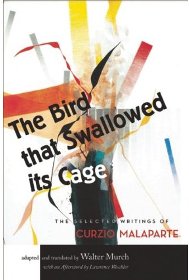 Those lines are not from the extraordinary book I'm currently reading--The Bird that Swallowed Its Cage: The Selected Writings of Curzio Malaparte, adapted and translated by Walter Murch (Counterpoint). They're from a poem I wrote a long time ago and recalled while immersed in Malaparte's words, as filtered through the perceptive lens of Murch's self-described "aerating" translations into prose and poetry.
Those lines are not from the extraordinary book I'm currently reading--The Bird that Swallowed Its Cage: The Selected Writings of Curzio Malaparte, adapted and translated by Walter Murch (Counterpoint). They're from a poem I wrote a long time ago and recalled while immersed in Malaparte's words, as filtered through the perceptive lens of Murch's self-described "aerating" translations into prose and poetry. 


 Winner of the 2000 Orange Screenwriting Prize for The Wedding Gift, Scottish author Lisa O'Donnell lives in Los Angeles with her two children. She recently took a moment away from her next novel, Closed Doors, to talk with us about her debut, The Death of Bees (Harper, January 2, 2013), reviewed below.
Winner of the 2000 Orange Screenwriting Prize for The Wedding Gift, Scottish author Lisa O'Donnell lives in Los Angeles with her two children. She recently took a moment away from her next novel, Closed Doors, to talk with us about her debut, The Death of Bees (Harper, January 2, 2013), reviewed below. How does your screenwriting background affect your novel writing? Can you envision Death of Bees as a film?
How does your screenwriting background affect your novel writing? Can you envision Death of Bees as a film? 